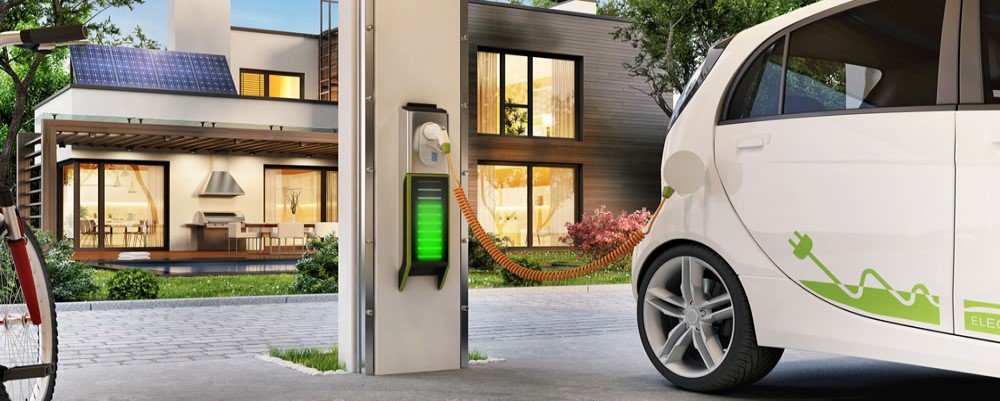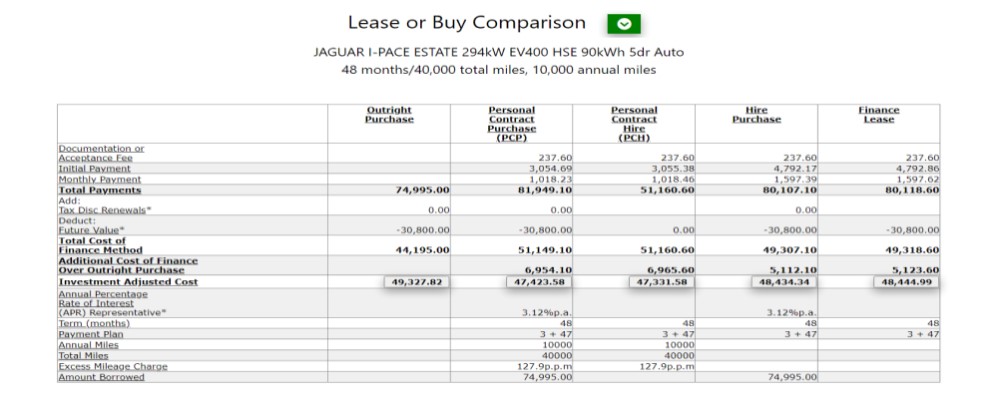ICE or Electric: How To Choose An Electric Car Charger
How to get the right charger box
Choosing An Electric Car Charger

31 July 2020
Getting The Right Electric Car Charger
You may have strugled for a while with your EV using a cable plugged into a mains socket, but sooner or later you're probably going to want to get a dedicated home charging box.
The simplicity of a home electric car charger box beats running a household extension cable out of your home to do the job.
So if you're ready to install a dedicated home charger, how do you go about it?
Let's start with answering a very basic question.
What Is An Electric Car Charger?
Throughout our website we use the term 'charger', but in fact the charger isn't the box on the wall or car park that you plug into. The charger is actually inside your car.
The charger converts the alternating current ('AC') delivered by mains electricity into the direct current ('DC') used by electric vehicle battteries and replenishes the batteries with 'fresh' DC power when the car needs a recharge.
For everyday purposes though, most of us refer to the charger as the box where you plug in your electric vehicle.
Home chargers are typically fitted to a convenient location on your garage or house wall and connected to the electricity distribution board (or 'fuse board') in your home.
But there's one critical step you need to go through before you install charger at your home.
Choosing An Installer
Choosing the right person to intall your new charger box will probably take most electric car owners into uncharted territory.
But don't worry, the Government's Office For Zero Emissions Vehicles ('OZEV') will help first time buyers of home chargers by introducing a subsidy scheme and appointing approved installers.
Under the Electric Vehicle Homecharge Scheme ('EVHS') a one-off grant is available of up to 75% of the cost (maximum £500 including VAT) of installing an approved home charger.
You have to be the registered keeper of the vehicle, or have the vehicle on a lease, and the car must be on an approved list.
Go to the Government web page for home charging for an explanation of the subsidy currently offered for installing home chargers or click on this link for a list of approved installers.
Speak to at least 3 installation companies on the approved list to get quotes and preferably ask around the electric car and van community (through online forums etc) about installers in your area.
Remember: if you do not own the property where you are installing the charger then you will need to check with your landlord prior to having a charge point installed.
Choosing An Electric Car Charger
Your installer will advise you on the type of charger to fit to your property, but basically this comes down to the strength of your existing fuseboard (or 'electricity distribution board').
You're limited by the spare capacity of your fuseboard to provide power to your charger and this is measured in 'Amps'.
Put simply, Amps represent the maximum volume of electricity that can go through your fuseboard without burning out your electrical cables or blowing the electricty company's master fuse fitted beside your electricity meter.
The more Amps you already have drawn through your fuseboard (for domestic appliances, lighting etc), the less you have spare for fitting a charger.
And this is an important issue for home car charging - how fast your electric car recharges will depend on the power delivery from your charger - most domestic chargers deliver either 3kW (electrical energy is measured in kiloWatts - 'kW') or 7kW of energy.
7kW chargers will charge your car quicker, yet still only use the same amount of electricity as a 3kW charger, so they are a better option if you can afford the additional cost.
But a 7kW charger will draw through your fuseboard over twice the electrical current of a 3kW charger, so your existing electrical installation has to be up to the job.
Your chosen installer will advise you on the fastest charger you can install to prevent meltdown of your home's electrical system, which is why it's important to get an experienced installer from the approved list.
Freebie Electricity for Your EV
If you've already got solar panels installed and generating electricity then you can have your charging system hook up so that it recharges your electric car when the sun is shining. Actually that's an understatement, as solar panels are designed to generate electricity even when it's a dull day.
But basically, you can link the solar panel system so that when it is generating power your electric car is recharing too, and that means the electricity is, in effect, free!
(Of course it's a bit more complex than that, but you get the idea.)
In addition, the latest 'smart chargers' can be controlled by a mobile phone app and you can decide how your electric car is recharged (with or without solar panels) from anywhere you have an internet connection.
What About Charging When You're Not Home?
Don't worry, we've explained 'away' charging in our next post.
Related Tools
Related Posts
What Else Do We Do?
DriveSmart has a unique suite of free online tools to help you find the right car.
Take a look at some of our amazing calculators and decision tools for new car buyers.
-
Lease or Buy?
Could you lease a new car for less than the cost of buying? Our lease calculator will work out the best finance method for you. -
ICE or Electric?
Would an electric car be cheaper than petrol or diesel? Our ICE or electric calculator compares running costs instantly. -
Cash or Car?
Could you give up your company car for a cash allowance? Our 'cash or car' calculator will tell you. -
Car Search
Find your next new car by monthly payment, standard equipment, performance, economy and more .... -
iceorelectric.com
Why not visit our iceorelectric.com website and see for yourself the amazing range of tools and analysis? We'll keep your place here while you browse.






